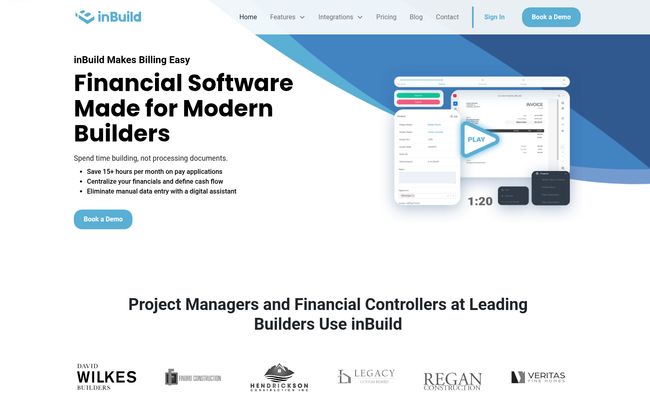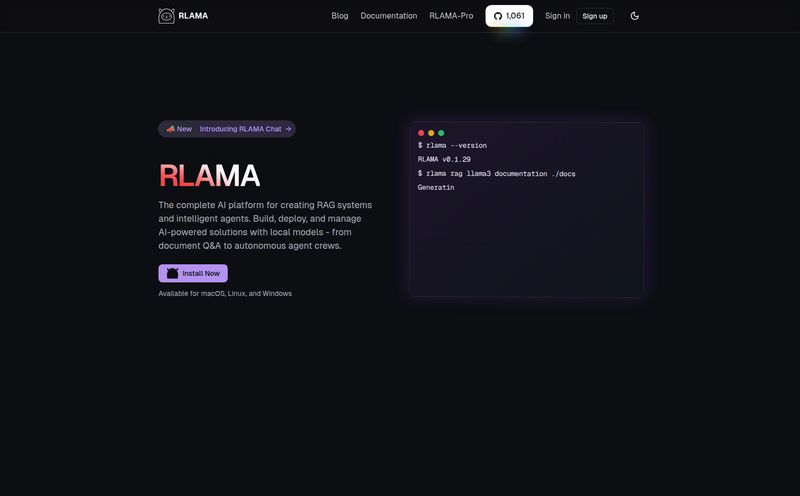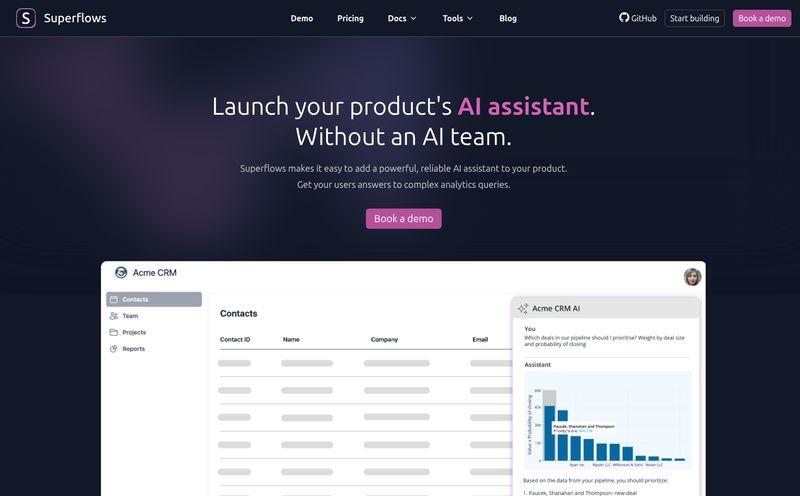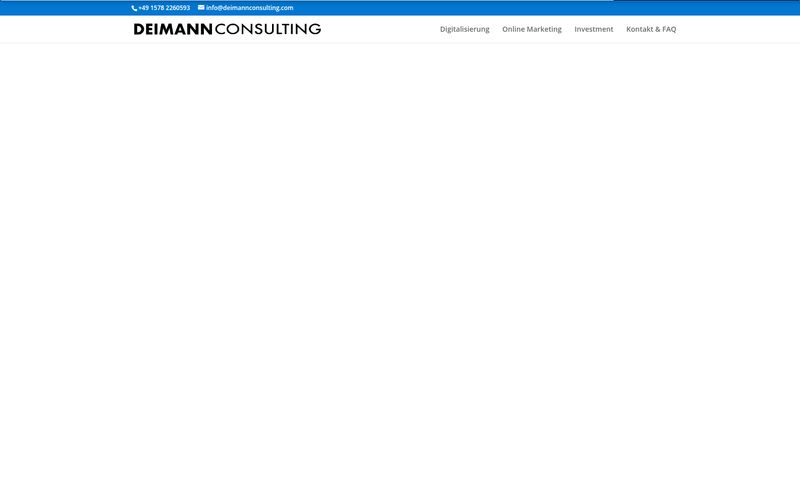If you're in the construction game, you know the real foundation of any project isn't just concrete—it's paperwork. Stacks of it. Invoices from subs, change orders that appear out of nowhere, lien waivers, pay applications... it's a constant, chaotic flood. I've lost count of the number of project managers and financial controllers I've seen buried under a mountain of invoices, fueled by stale coffee and the sheer will to reconcile everything before payroll is due. It's a rite of passage, almost. But does it have to be?
Lately, there’s been a lot of chatter about AI swooping in to save us from all sorts of mundane tasks. Usually, I'm a bit skeptical. But when a tool is built specifically for a tough-as-nails industry like construction, my interest is piqued. That’s where inBuild comes in. It claims to be an AI-powered financial software designed to wrangle that exact chaos. So, I decided to take a look under the hood. Is this another piece of shiny 'disruptive' tech, or is it a genuinely useful tool for the job site and the back office?
So, What Exactly is inBuild?
Think of inBuild as a hyper-efficient digital assistant for your company's finances. It’s not trying to be your entire accounting platform. Instead, it focuses on one of the most time-consuming parts of the business: managing the relentless flow of project-related financial documents. In simple terms, it uses artificial intelligence to automatically read incoming documents from your email, pull out the critical data (like invoice numbers, amounts, and job codes), route them to the right person for approval, and then get everything ready for payment and reconciliation against your project budgets.
It’s designed to be the bridge between the chaos of your inbox and the clean, ordered world of your accounting software. No more manually typing in line items from a PDF invoice or chasing down a PM for a signature on a change order. The whole idea is to automate the grunt work, giving you back time and—maybe more importantly—a clear, real-time picture of your project's financial health.

Visit inBuild
The Features That Actually Matter on the Job
A long list of features is one thing, but what actually helps you get the job done? I've found that inBuild's power comes from a few core functions that work together to solve some very specific, very real construction headaches.
Taming the Invoice Tsunami with AI
This is the main event. Their Automatic Document Processing is the heart of the system. You just forward an email with an invoice attached, and the AI gets to work. It identifies what it is, who it's from, and what project it belongs to. For anyone who has ever squinted at a blurry, coffee-stained invoice trying to decipher handwriting, the appeal here is obvious. It dramatically cuts down on manual data entry, which not only saves hours but also reduces the chance of costly human error. A misplaced decimal point on a big invoice? Yeah, that’s a mistake that can ruin your whole week.
Keeping Your Job Costs from Spiraling
Profit margins in construction can be razor-thin. That's why their Job Cost Tracking is so critical. As invoices and expenses are processed, they are automatically coded and reconciled against the specific project budgets you've set up. This isn't a report you run at the end of the month; it’s a live feed. You get system-wide visibility, meaning you can spot potential overruns before they become a five-alarm fire. This real-time data is probably one of the biggest benefits, moving you from reactive damage control to proactive financial management.
From Messy Desks to a Centralized Hub
The platform acts as an Electronic Filing Cabinet for all your most important financial docs. Contracts, change orders, lien waivers—it all lives in one place, organized and searchable. This is huge for compliance and for those moments when you need to pull up a specific document right now. And with their mobile app, a project manager can snap a photo of a receipt or document on-site and upload it instantly. No more pocketfuls of crumpled receipts at the end of the month. It creates that single source of truth that financial controllers dream about.
The All-Important Integrations
A tool like this is only as good as its ability to play nice with the software you already use. The good news is that inBuild is designed to integrate with popular construction and accounting software—think platforms like QuickBooks, Sage, Viewpoint, and Procore. This is not a rip-and-replace solution; it’s a powerful layer that sits on top of your existing systems, making them better.
However, this brings up an important point I noticed. The lower-tier 'Essential' plan comes with some limitations on its integrations. If your workflow relies on a deep, complex connection with multiple platforms, you’ll likely need to spring for the 'Enterprise' plan. It's a classic SaaS strategy, but something small to medium-sized businesses need to be aware of when they're looking into it.
Let's Talk Money: The inBuild Pricing Maze
Alright, let's address the elephant in the room: the price. Like a lot of B2B software, inBuild doesn't just slap a price tag on their website. You have to 'Schedule a Call' or 'Get a Quote.' Personally, I'm not a huge fan of this model, as it can feel a bit like a black box. But, to be fair, for software that often requires custom setup and integration, it's pretty common.
Here’s the breakdown of what we know:
- Essential Plan: This is for companies with up to $5 Million in annual construction volume. It includes unlimited projects, users, document storage, and data exports, along with standard support.
- Enterprise Plan: This is a custom plan built for your specific business needs. It includes everything in Essential plus the full integration suite, customized workflows and features, and dedicated organization training.
They are, however, transparent about one thing: ePayment Fees. You'll pay a flat $2 per ACH Transaction and 2.9% per Credit Card Transaction. These are important numbers to factor into your total cost of ownership.
The Good, The Bad, and The AI-Powered
So, after digging in, what's the verdict? No tool is perfect, but inBuild has a lot going for it, along with a few things to consider.
What I Really Like About inBuild
The biggest win here is the massive reduction in manual processing time. The testimonial from Jake Walsh at JT Builders, who went from 15+ hours a month down to less than 4, sounds almost too good to be true, but based on the tech, it's plausible. That's a huge operational gain. The centralization of all financial documents is another major plus, providing clarity and control. And the real-time visibility into job costs isn’t just a feature; it’s a strategic advantage that can directly impact profitability.
A Few Things to Keep in Mind
The opaque pricing is a hurdle for some. You can't just sign up and go; you have to engage with their sales team. As mentioned, the integration limitations on the Essential plan could be a sticking point for some smaller firms. And then there's the reliance on AI. Look, no AI is infallible. You'll still want a human eye to review things, at least initially. Think of it as an incredibly powerful assistant that preps everything for you, but you still give the final sign-off. It’s a tool to augment your team, not entirely replace their judgment.
Conclusion: Is inBuild the Right Tool for Your Toolbox?
After looking at it all, I have to say I'm pretty impressed. inBuild isn't trying to be a one-size-fits-all solution. It's a highly specialized tool designed to solve a very specific, and very expensive, problem for the construction industry. It tackles the administrative black hole of accounts payable and job costing head-on.
If your finance team is drowning in paper, if your job cost data is always a month behind reality, and if you're looking for a way to claw back dozens of hours each month, then inBuild is absolutly worth a serious look. It's a modern solution for an age-old industry problem. And making a smart bid on efficiency might just be the most profitable decision you make all year.
Frequently Asked Questions
- Does inBuild offer a free trial?
- The website doesn't specify a free trial, but their FAQ section mentions a question about trial periods. Your best bet is to contact their team directly through their demo request form to see what options are available.
- What kind of customer support can I expect?
- The Essential plan includes 'Standard Support', while the Enterprise plan likely offers a more dedicated level of service. They boast about their US-based support team having deep construction industry experience, which is a definite plus.
- Does inBuild replace my current accounting software like QuickBooks?
- No, it's designed to work with your existing accounting software. It handles the front-end chaos of invoice capture and approval workflows and then syncs the clean, approved data to your main accounting system for payment and record-keeping.
- Is inBuild difficult to set up?
- While any new software implementation requires some effort, inBuild emphasizes a guided setup process with their team. The Enterprise plan even includes specific organization training to ensure a smooth transition for your team.
- How many people on my team can use inBuild?
- One of the standout features on both the Essential and Enterprise plans is unlimited users. This allows everyone from project managers in the field to controllers in the office to access and use the platform without extra per-seat licensing fees.
- Can I use inBuild from the job site?
- Yes, they offer a mobile app for both iOS and Android. This allows you to submit physical documents, review invoices, and manage approvals directly from your phone or tablet, which is essential for teams that aren't tied to a desk.



